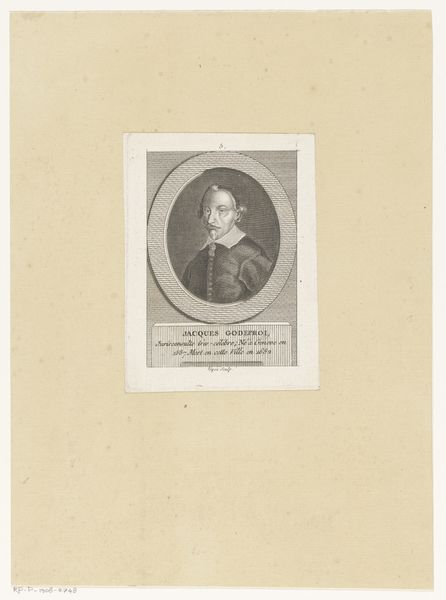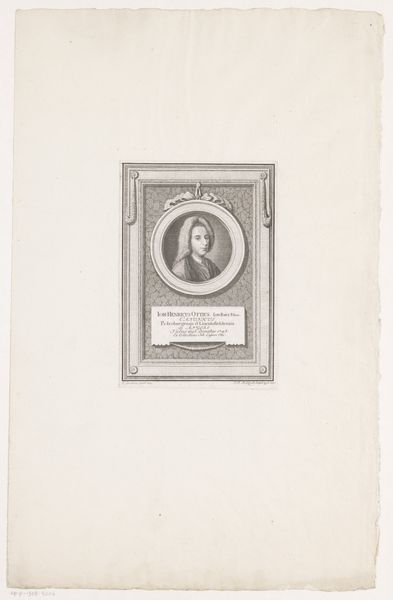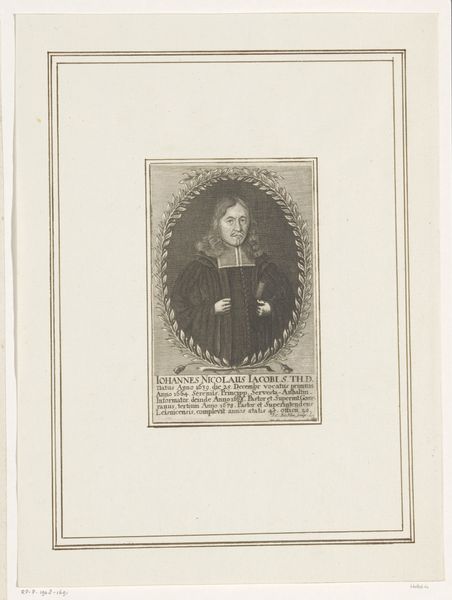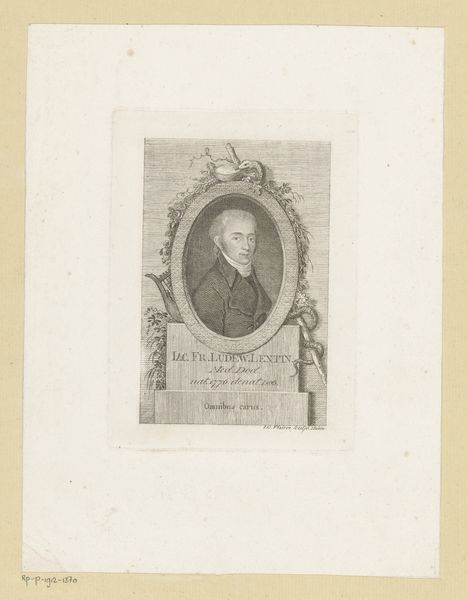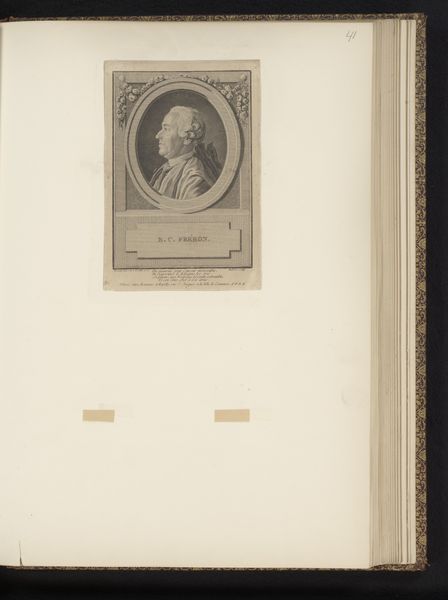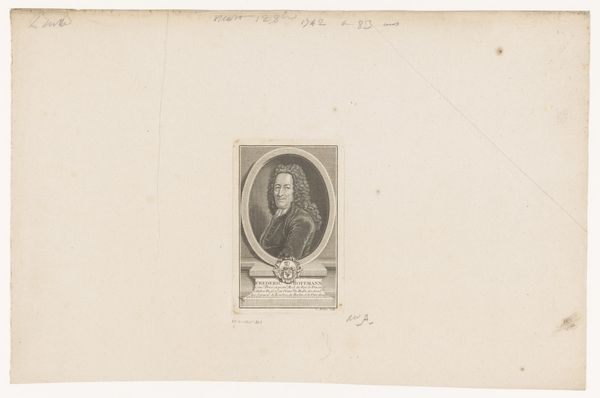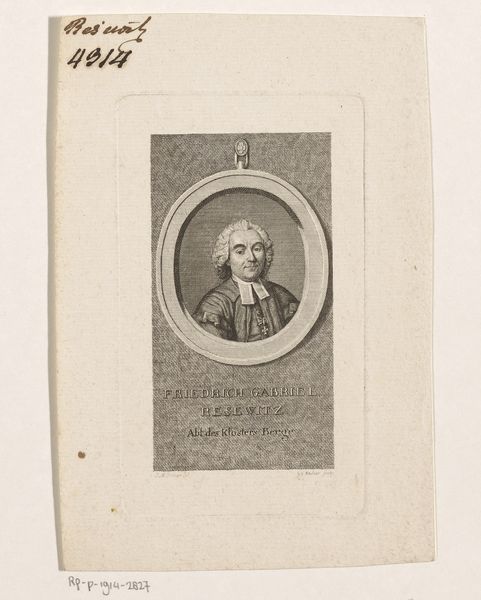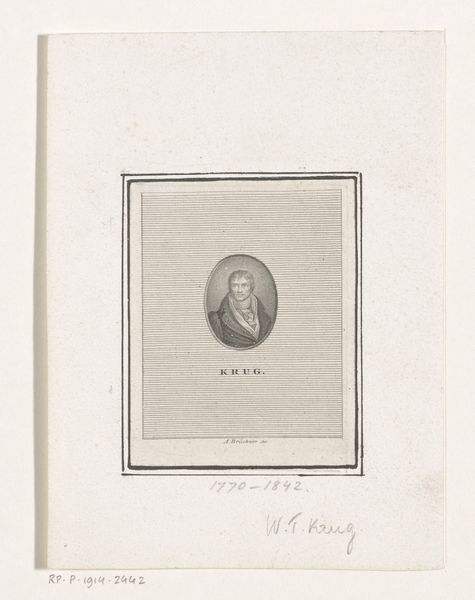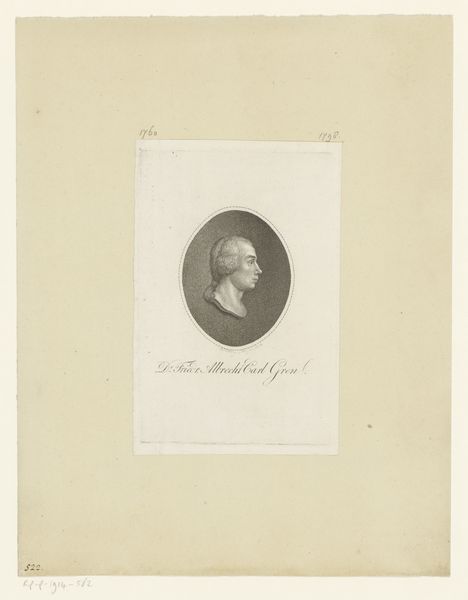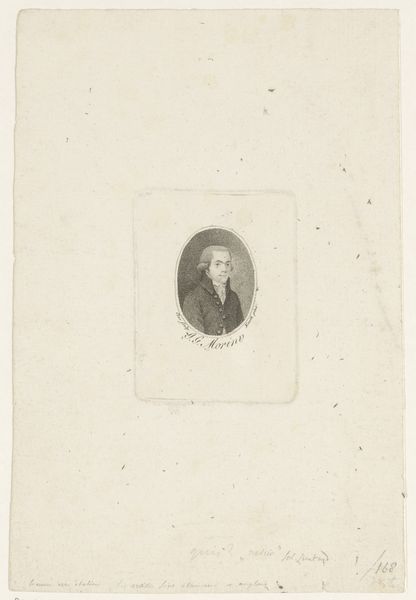
drawing, print, engraving
#
portrait
#
drawing
#
neoclassicism
# print
#
engraving
Dimensions: Plate: 11 7/16 × 8 1/8 in. (29 × 20.6 cm) Sheet: 15 13/16 × 11 1/8 in. (40.1 × 28.3 cm)
Copyright: Public Domain
Editor: So, this engraving from 1818 by Edward Scriven depicts Mary, Queen of Scots. The precision is quite striking! What kind of story do you see in this image? Curator: The weight of Mary’s life is truly embedded within the visual language here. Consider the oval frame; it's reminiscent of memorial portraiture. The severe, neoclassical style that Scriven employs – think about the linear precision, the focus on clarity – works almost as a form of historical accounting. Editor: Accounting? Curator: Exactly. Neoclassicism often served to codify historical narratives, and in Mary’s case, it evokes a sense of tragic inevitability, a life carefully etched into the collective memory. Note the cross she wears; consider the layers of meaning this symbol carried in a time rife with religious conflict. Do you find it a subtle declaration, a quiet rebellion, or something else entirely? Editor: Perhaps a bit of quiet rebellion. The ruff around her neck, too, looks like a sort of...ornamental cage. Is it possible to see that as symbolic? Curator: Precisely. Clothing in portraits serves as a language, reflecting status and identity but also confinement. Even the inscription – Mary, Queen of Scots – reinforces her defined identity. This image preserves her cultural legacy for us to this day. Editor: So, it is less a portrait of a person and more a carefully constructed emblem? Curator: Precisely. Scriven crafted a powerful, enduring symbol of monarchy, martyrdom, and memory, ripe with historical implications. I think I better understand Mary's cultural impact now. Editor: Yes, those layers of meaning certainly add depth!
Comments
No comments
Be the first to comment and join the conversation on the ultimate creative platform.
